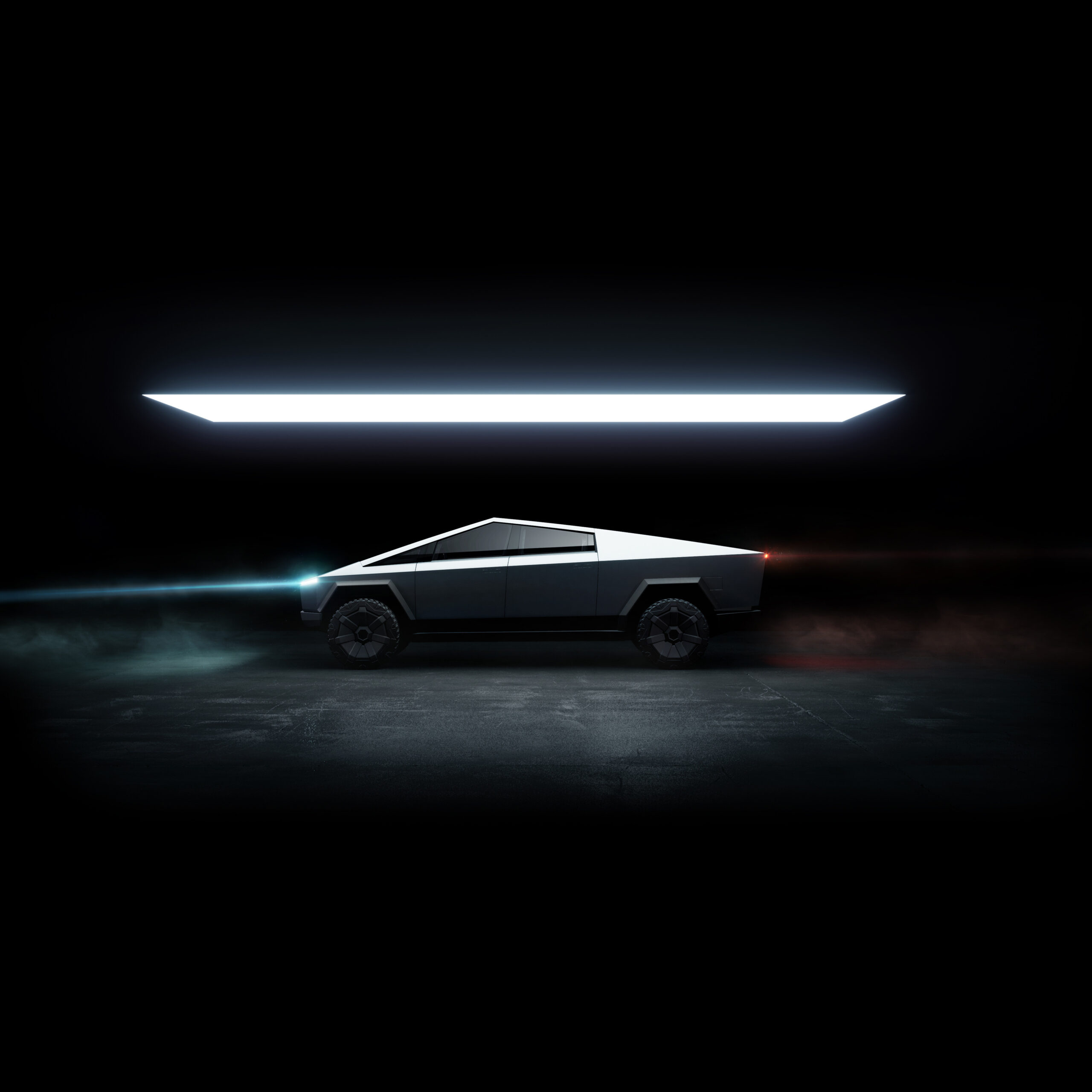Five Insane Concepts Peugeot Should Have Put Into Production
Peugeot has always made incredible hot hatches. The 205GTI – Possibly one of the best cars ever made to this day. But did you know they made some whacky concepts, too? Peugeot will always be known as an automaker that makes weird and wonderful cars, but these following concepts really are pushing the boat out.
So let’s get counting down some of the best concepts to come out of Peugeot, but never to hit the road.
5. Peugeot RC
Before the disappointing RC-Z hit the road, Peugeot created a bare-boned version years before which was revealed in 2002. It, and its almost identical brother were mid-engined cars equipped with a carbon fibre body and 6-speed sequential gearbox. The only differences between the two cars were their colours, red and black, and their engines, a 2.2-litre turbodiesel and a petrol NA 4-cylinder respectively.
The cars, named Spade (black) and Diamond (red) only weighed 900kg, and while they had different driving characteristics, they both had the same 0-60mph time of 6 seconds exactly.
It’s been said that the diesel RC was the first ever diesel sports car. But with how things are going in the diesel world, we doubt it will be seen again. Damn.
4. Peugeot Onyx
Again, another diesel sports car from Peugeot. We told you they were mad, didn’t we? This Onyx was revealed in 2012 at the Paris Motorshow with the main focus being on the ecology of the vehicle. It claimed 600hp from its diesel-electric hybrid powertrain, and a dashboard made of newspaper. It’s 3.7-litre V8 turbodiesel was taken straight from the 908 Le Mans car, and pushed power to each of the four wheels.
Its chassis was carbon fibre, but the copper coloured panels were exactly that, copper. They were heavier than needed, but overall the car only weighed 1,100kg. In fact, the power to weight ratio of this car is better than the Bugatti Veyron. Take that, petrol!
3. Peugeot Quasar
At the time, Group B racing was where car companies could stretch their legs and really push their designs to the extreme. This as reflected in their road cars because, due to regulations, at least 200 of the car had to be built for it to be allowed in the series. Peugeot’s 205 T16 won two world championships in 1985 and ’86, so obviously it was something a bit special.
Peugeot therefore decided to take the powertrain of the proven race car and whack a supercar-esque body around it to really promote its sportiness. Its sportiness being 600hp from a 2-litre four cylinder turbo engine, AWD system and F1 spec suspension.
Its interior was full of new-gen tech, including navigation and screens. Unfortunately for us, it never made it to the road.
2. Peugeot Oxia
Take the Quasar, and times it by ten. That’s the Peugeot Oxia. The performance was boosted to 0-60 in just five seconds thanks to a twin-turbo V6 that produced 680bhp. And Peugeot estimated a top speed of 187mph. When a Michelin test driver took it on the Nardo test track, he reached a recorded 217mph. It turned out Peugeot were just being modest.
What really sets this car apart though, is the technology inside. It had a built-in personal computer, a coloured GPS, and a keyboard and trackpad to use with it. These systems would take up quite a bit of power, so they were linked directly to the solar panels you can see towards the front of the dashboard.
Unfortunately, it wasn’t produced for the road, despite Peugeot’s relentless testing on track. Ferrari were very grateful that it wasn’t ever produced however, as it would have wiped the F40 off of the map.
1. Peugeot Proxima
Produced in 1986, this bubble canopied 2+2 coupe was powered by a 2.8-litre twin-turbo V6 – again lifted from a Peugeot Le Mans car. It produced 600bhp, and while its performance was spectacular, its technology was what set it apart from the rest. Its canopy was automatic, and five different cameras relayed live videos to five different screens within the car. And if that wasn’t enough, it had radar as well.


